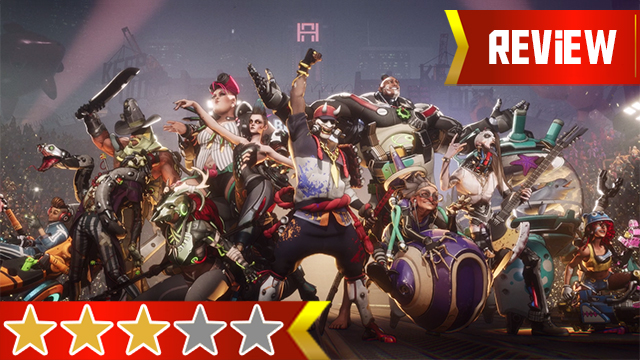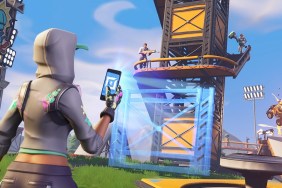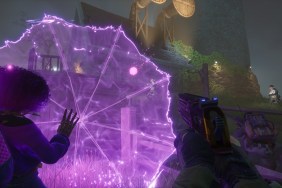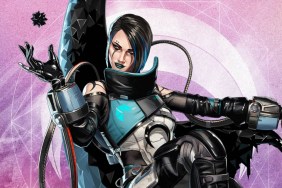Few studios are as singular and widespread as Ninja Theory. While it mainly produces experiences in the character action genre, those hack and slash games cover a variety of tones and series. BLEEDING EDGE is the team’s foray into multiplayer, bringing its stylistic flair and melee fundamentals to the online space. Some of those qualities carry over, but end up getting overwritten…
-
Unique, expressive cast of characters.
-
Fluid controls and easily understable abilities.
-
Open maps, mission objectives, and general design are unfocused and don’t make teams play together.
-
Lack of role queue and abundance of damage heroes also makes teams unbalanced.
-
Cosmetics are fair, but a little dull.











